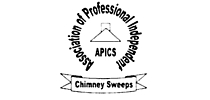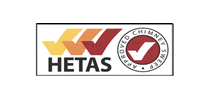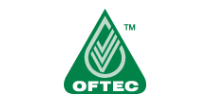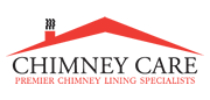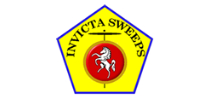FaQs Questions I have been asked
Questions
Since the Introduction of the Building Regulations 'Document J' 2002, any existing chimney being brought back into use, must conform with the current Building Regulations.
In the event of a chimney fire occurring:

- Dial 999 and ask for the Fire Service. It will help if someone can wait outside to meet them.
- If you have a conventional open fire, extinguish the fire by gently splashing water onto the open fire.
- If you have a solid fuel appliance, close down the ventilation as much as possible.
- Move furniture and rugs away from the fireplace and remove any nearby ornaments.
- Place a spark guard in front of the fire.
- Feel the chimney breast in other rooms for signs of heat.
- If a wall is becoming hot, move furniture away. Ensure that access to your attic or roof space is available for the Fire Service as they will want to thoroughly check this area for signs of possible fire spread.
- If you see smoke or flames from any part of your home wait for the fire service outside.
A chimney needs to be swept because it is an exhaust system for your heating appliance. If the flue is blocked this will stop hot gases or poisonous fumes from escaping from your house which could be a danger to your health and property. With a solid fuel appliance sweeping removes the soot, creosote and tar deposits which build up over the course of time reducing the diameter of the flue and significantly increasing the risk of a chimney fire.
This is caused by the working appliance drawing oxygen from wherever it can so as smoke leaves one flue it is drawn down an adjacent chimney pot down the flue through the fire opening and drawn towards the working fire. There are three remedies:
- Block off the flue of the unused fire in the adjacent room;
- Perhaps fit a taller pot; or
- Try more ventilation to the outside from the room with the working fire.
Yes. As mentioned in the previous question, a fire needs to draw oxygen to operate correctly. If there is no vent carbon monoxide may build up in the room. With a solid fuel appliance you will smell smoke in the room and with a gas appliance you will get a build up of carbon monoxide which you will not be able to smell but will eventually kill you. I always recommend fitting a carbon monoxide detector to alert you to any danger.
Make sure there has been no fire lit in the appliance for at least 12 hours. If possible remove all ash from the fire. Remove all ornaments from and around the fire and ensure the chimney sweep can walk unobstructed from the front door to the fire. If you wish, cover any items of furniture although the sweep should be able to provide sufficient covers and equipment to protect your items and house. Finally if your street requires parking permits please arrange a permit for the sweep so he doesn't receive a parking ticket!
 Unless a chimney sweep is CORGI/Gas Safe registered he would be breaking the law and putting your life and property in danger if he disconnects the appliance before sweeping.
Unless a chimney sweep is CORGI/Gas Safe registered he would be breaking the law and putting your life and property in danger if he disconnects the appliance before sweeping.
No. You should only burn seasoned wood, that is, wood which has been left outside for a year and then stored undercover outside for a further year. Fruit wood e.g. apple, pear etc should be left outside for a further year (3 years in total). This will reduce but not eliminate the build up of tar and creosote in your flue which wood always produces. Hence the more wood you burn the more frequently the fire will need to be swept.
You've already started by finding a sweep on the internet - namely myself. You can also use the links on my site to find other trade organisations who have lists of chimney sweeps. However with some trade organisations, anyone can pay and join. Unfortunately to find a good sweep it is really down to personal recommendation or word of mouth. Once you have chosen a chimney sweep there are some things to bear in mind:
- He should turn up on time.
- He should turn up in a van.
- You should also be able to see a large selection of brushes and equipment. (If he turns up in an estate car with a set of rods in a golf bag you may have made a bad choice).
- Always ask about his training and qualifications.
- He should seal your fire and sheet the area adequately so as not to contaminate your house with soot or flue debris. (If he says a fine layer of soot is acceptable - it is not!).
- You should be able to see the brush come out of the chimney pot.
- He should issue a certificate stating the date the chimney was swept, any faults he may have found and his recommendations for repair or maintenance.
Do you have a question that is not answered here?
Ask me anything about Chimney Sweeping, CCTV or anything else regarding fire and safety.
